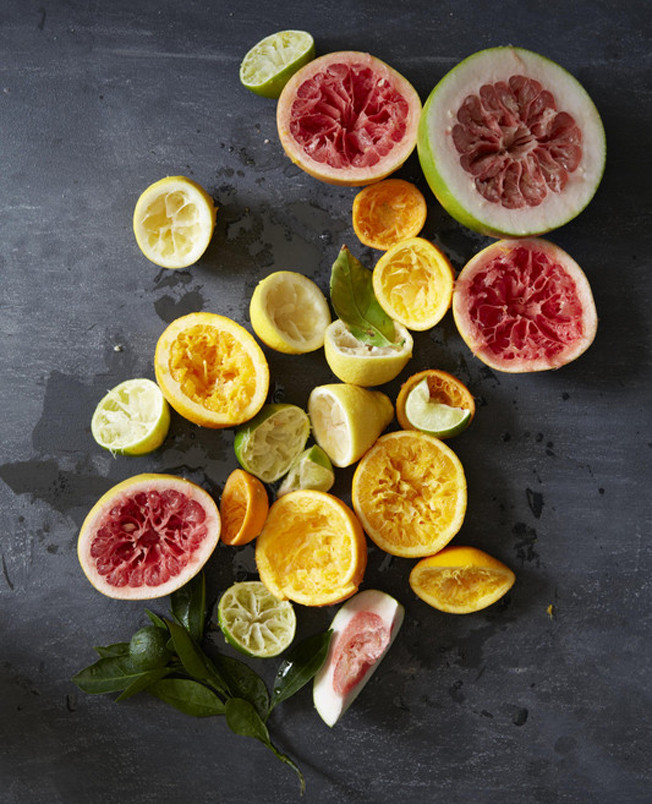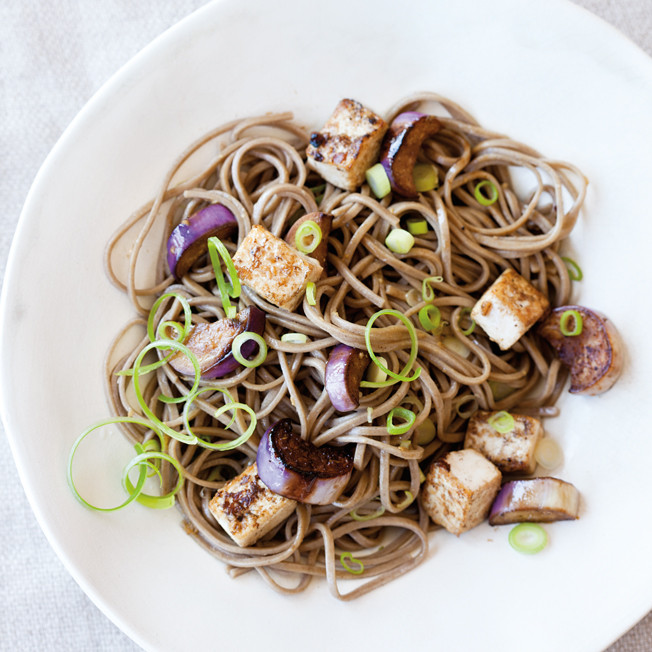 Today is National Gluten-Free Day, and to bring awareness to the issue, we thought we’d check in with our Director of Culinary, Amanda Haas, who has been gluten-free for six years, on what it’s like to live a G-free life.
Today is National Gluten-Free Day, and to bring awareness to the issue, we thought we’d check in with our Director of Culinary, Amanda Haas, who has been gluten-free for six years, on what it’s like to live a G-free life.
“At least once a day I have someone ask me why I can’t have gluten,” she says.
Amanda’s documented her struggles—as well as her road to recovery—in The Anti-Inflammation Cookbook, out next month. It doesn’t just feature recipes with anti-inflammatory properties; the entire book also happens to be gluten-free.
Read on hear Amanda’s account about her struggles with gluten and how eliminating it has improved her health, as well as her biggest discoveries in gluten-free eating.
It took me nearly 20 years to figure out I was gluten intolerant.
After many hospitalizations with what appeared to be food poisoning, a chronic case of heartburn that refused to leave me after pregnancy, and never-ending stomach pain, I searched high and low for an answer. After several misdiagnoses and testing negative for Celiac disease, it was an allergist who identified my gluten intolerance. He didn’t even make me do the blood work. He just sent me home with very strict instructions: do not consume one bit of gluten and see what happens.
When I completely removed gluten from my diet, my symptoms disappeared overnight. I thought, “That’s all it took?” For someone who adores freshly baked bread and pastas more than the average person, I was shocked at how easy it was for me to give it up. I felt so much better that it didn’t feel like a sacrifice.
So I set out to learn how to live without gluten. Five years ago, it wasn’t quite as easy. Today, the gluten-free choices are endless. Even products that don’t typically have gluten in them now say “gluten-free” on the packaging, making it easy to spot what you and can’t have. Here are the four tips that have made living gluten-free easy for me.

1. Eat real foods. Truly, just cooking at home makes gluten-free living so much easier. Fruits, vegetables, meat and fish, legumes and many grains like brown rice and quinoa are big staples in my diet, so I’m never doubting what’s in my food.
2. Become a label reader. Gluten pops up in the craziest of products, as many use it as an enhancer in sauces, dressings, and sometimes even in things like potato chips. I always look to ensure the product was manufactured in a facility free of gluten or wheat processing.
3. Use gluten-free flours. When I’m craving a treat or I want to bake, I turn to the flours that are meant to replicate all-purpose flour. Cup4Cup flour has become my go-to for baking, and I also mix it with grated parmesan for the coating for our family’s favorite fish tacos.

4. Incorporate other grains and flours into your diet. I always joke that my gluten intolerance has made me a better cook! Instead of relying on regular pasta or flour, now I cook soba noodles made from gluten-free buckwheat as well as quinoa, and have learned to use almond flour, chickpea flour and brown rice flours. These flours don’t replicate all-purpose flour. They add amazing textures, flavors and health benefits to my cooking. Also, we recently developed a new take on Pad Thai using spiralized daikon radish in place of noodles. It was a hit in the Test Kitchen, and a recipe I know I’ll make again.
Read about Amanda’s experience using Cup4Cup flour to make gluten-free chocolate chip cookies and get more ideas for cooking and baking sans gluten.

6 comments
[…] Life Without Gluten […]
Amanda,
I went gluten-free last year after reading the book “Wheat Belly”. After 4 months of eating gluten-free, my severe fibromyalgia, for which I had suffered for over 10 years, completely went away. I was astonished. It took 4 months to clear it out of my system, but all at once the pain disappeared. I look forward to your book as I’m always looking for good, gluten-free recipes!
Hi Diana, I don’t make my soba from scratch, so sorry if it sounded like that! I do buy an entirely gluten-free version though. I’ll go look for the brand name and post it for you! Best, Amanda
Amanda it’s amazing how after going to so many doctors and having tests that your allergist simply said to try eliminating gluten and now you’re fine. How fantastic!
Your book sounds like it would be a great resource even for those that don’t have a gluten intolerance. I will definitely get a copy. Great information and tips in your article.
Best of luck with your book.
Hi Diana, Soba noodles are made primarily from buckwheat, which is naturally gluten-free. Wheat flour is sometimes added to soba noodles, but some brands make versions that are 100% buckwheat (and therefore gluten-free). You can find them at natural foods stores. Cook soba noodles by adding them to a pot of salted boiling water until tender (about 5-8 minutes).
[…] Life Without Gluten […]